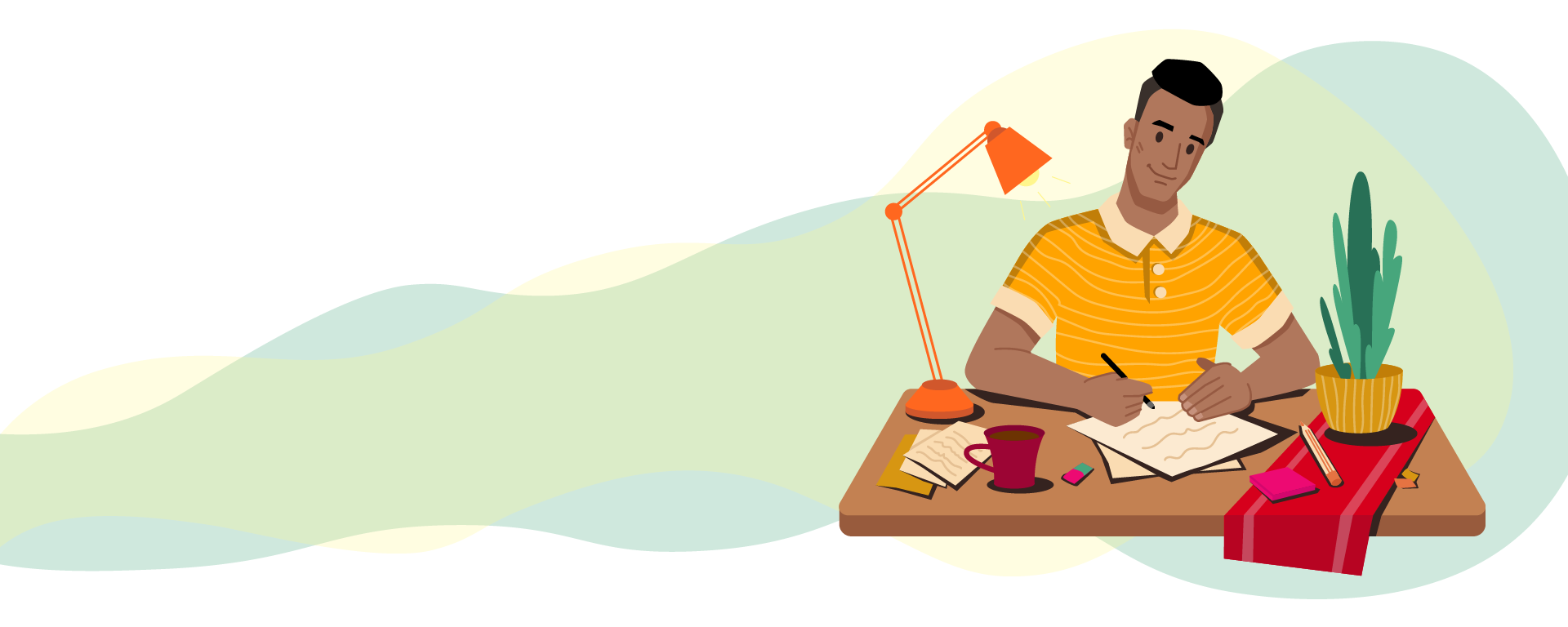There are many reasons to incorporate critical reflection into your instructional practice. The simple answer is that critical reflection is an essential component of experiential learning. However, we invite you to engage with this question more in depth so you can work out your personal reasons for wanting to utilize critical reflection.
Experience without critical reflection
According to Bringle and Hatcher (1999), “experience becomes educative when critical reflective thought creates new meaning and leads to growth and the ability to take informed actions” (p.180).
Experience alone can lead students “to reinforce stereotypes about difference, to develop simplistic solutions to complex problems, and to generalize inaccurately based on limited data.” (Ash & Clayton, 2009, p.26). Critical reflection enables the facilitation of specific learning outcomes to avoid such pitfalls. According to Ash and Clayton (2009), critical reflection:
-
Generates learning (articulating questions, confronting bias, examining causality, contrasting theory with practice, pointing to systemic issues)
-
Deepens learning (challenging simplistic conclusions, inviting alternative perspectives, asking “why” iteratively)
-
Documents learning (producing tangible expressions of new understandings for evaluation) (p.27)
Critical reflection and holistic learning
Critical reflection can work to connect and integrate knowledges and wisdoms from multiple sources. Critical reflection can connect academic learning to the learner's:
According to Māori pedagogue Paora Stucki (2012), this weaving together facilitated by reflection speaks to an openness and flexibility to diverse learners and communities as it makes space to integrate the wisdoms and knowledges from learner’s lives outside academia. It is thus a critical step for equity, diversity, and inclusivity in learning.
Critical reflection and the social world
When students are encouraged to start with a deeper reflexive analysis of their social positions, critical reflection can also promote global, civic, and social engagement (Tiessen, 2018). In fact, Stephen Brookfield (2009) argues that reflection is only critical when it involves an examination of social contexts, systems of inequity, and structures of power.
Critical reflection can facilitate critical social consciousness by helping learners to:
Marcella LaFever (2016), a non-indigenous pedagogue, also suggests that critical reflection can be used to integrate not only a decolonizing approach to pedagogy but one that centers and prioritizes indigenous ways of knowing and praxis, particularly the spiritual dimension to learning.
Critical reflection and indigeneity
Margaret Raven, a Yamtji-Noonjar and non-Indigenous scholar, (2010) warns against formulaic or “tick-the-box” approaches when considering ethics and indigeneity in academia. Instead, any integration of Indigenous knowledges and ways of knowing must be preceded by careful reflexive consideration and more importantly, conversation with Indigenous communities (Raven, 2010).
In reference to critical reflection specifically, she urges pedagogues to consider the cultural safety of such assignments (Margaret Raven, personal communication, September 19, 2021). While she agrees with the benefits of critical reflection listed above, Dr. Raven asks educators to carefully consider how these assignments are designed, contextualized, and evaluated.
She warns that reflections on one’s past and present engagements with power can be associated with trauma especially but not exclusively for Indigenous students. While acknowledging its potential to facilitate healing, she calls upon pedagogues to approach critical reflection with a trauma-informed lens that reflects a broader consideration of cultural safety.
This online module was developed with an eye towards acknowledging the indigenous roots of what we now call “critical reflection.” However, this is a very limited glimpse into indigenous perspectives. If you have any additional resources or information on indigeneity and critical reflection, please contact us at experientiallearning@ucalgary.ca
Benefits of critical reflection
(Brookfield, 1995)
In summary, the purpose of reflection is to integrate and articulate what one has gained from an experience to meaningfully engage with one’s own learning and one’s strategies for the future.
Why use critical reflection?
Additional resources
Lesson checklist
-
Review reasons for integrating critical reflection into pedagogy
-
Reflect on why you want to facilitate critical reflection
-
Watch "Why critical reflection?" video
-
Check out additional resources
References
Ash, S. L., & Clayton, P. H. (2009). Generating, deepening, and documenting learning: The power of critical reflection in applied learning. Journal of Applied Learning in Higher Education, 1(1), 25-48.
Bringle, R. G. & Hatcher, J. A., "Reflection in Service Learning: Making Meaning or Experience" (1999). Evaluation/Reflection. 23. Retrieved from https://digitalcommons.unomaha.edu/slceeval/23
Brookfield, S.D. 1995. Becoming a Critically Reflective Teacher. Jossey-Bass.
Brookfield, S. D. (2009). The concept of critical reflection: Promises and contradictions. European Journal of Social Work, 12(3), 293-304. Doi:10.1080/13691450902945215
Dewey, J. (1958). Democracy and Education. The Macmillan Company.
LaFever, M. (2016) Switching from Bloom to the Medicine Wheel: creating learning outcomes that support Indigenous ways of knowing in post-secondary education, Intercultural Education, 27:5, 409-424, doi: 10.1080/14675986.2016.1240496
Michelson, E. (2015). Gender, Experience, and Knowledge in Adult Learning: Alisoun’s Daughters (1st ed.). Routledge. https://doi-org.ezproxy.lib.ucalgary.ca/10.4324/9781315709291
Tiessen, R. (2018) Improving student reflection in experiential learning reports in post-secondary institutions. Journal of Education and Learning, 7(3), 1-10, doi: 10.5539/jel.v7n3p1
Raven, M. (2010). Protocols: Devices for Translating Moralities, Controlling Knowledge, Defining Actors in Indigenous Research, and Critical Ethical Reflection. Australian Aboriginal Studies 2010(2), 33–47.




